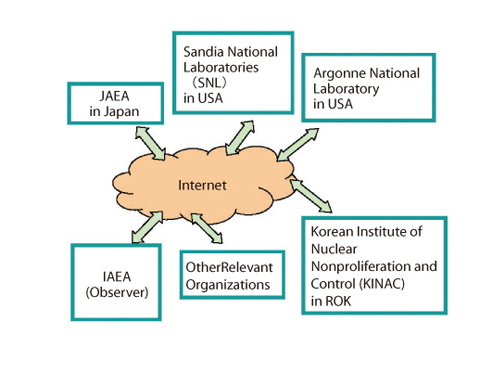Fig.11-4 Configuration of JOYO Remote Monitoring System

Fig.11-5 Remote Monitoring Network Plan
Recent concerns in nuclear nonproliferation include nuclear weapon development in India and Pakistan, and nuclear programs in North Korea and Iran. Nonproliferation discussion and negotiation are continuing among relevant countries. Therefore, improvement of transparency and confidence building concerning nuclear activities are more important than ever for developing the peaceful use of nuclear energy, and nuclear R&D activities. In addition, these improvements will help maintain compliance with domestic regulations and the international nonproliferation regime.
In 1995, we started a study for a prototype remote monitoring system, which consists of motion sensors (microwave, optical), neutron/γ-ray detectors, surveillance cameras, and data collection computers in the fresh fuel storage area and the spent fuel pond of the Fast Experimental Rector "JOYO". Since then, development and testing a remote monitoring system to monitor the transfer and storage of nuclear materials, human activities, etc. has been conducted.
In the software development area, we developed a decision support system which has the capability to properly analyze and evaluate data, and make proper responses, such as giving an alarm upon unexpected events.
To utilize these technologies for improvement of regional transparency and confidence building, we are studying bilateral and multi-lateral exchange of information on nuclear facilities.
At present, we are promoting technical cooperation for transparency and confidence building with relevant organizations of the USA and Republic of Korea (ROK), and is considering future regional information exchange on a lab-to-lab basis among these countries.
<Previous: 11 Scientific & Technical Development for Nuclear Nonproliferation | Next: 11-3 >